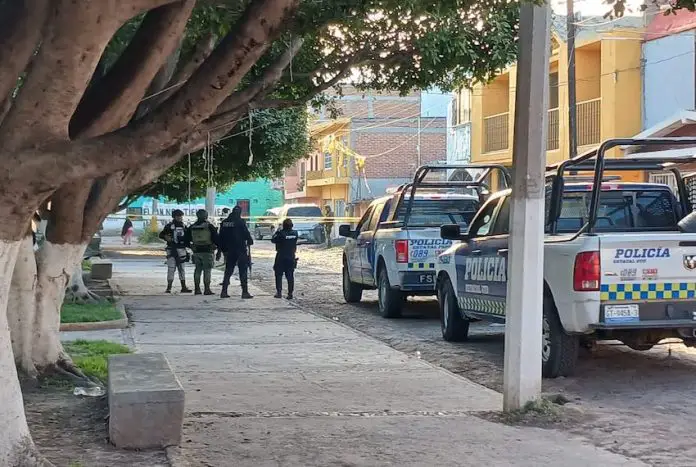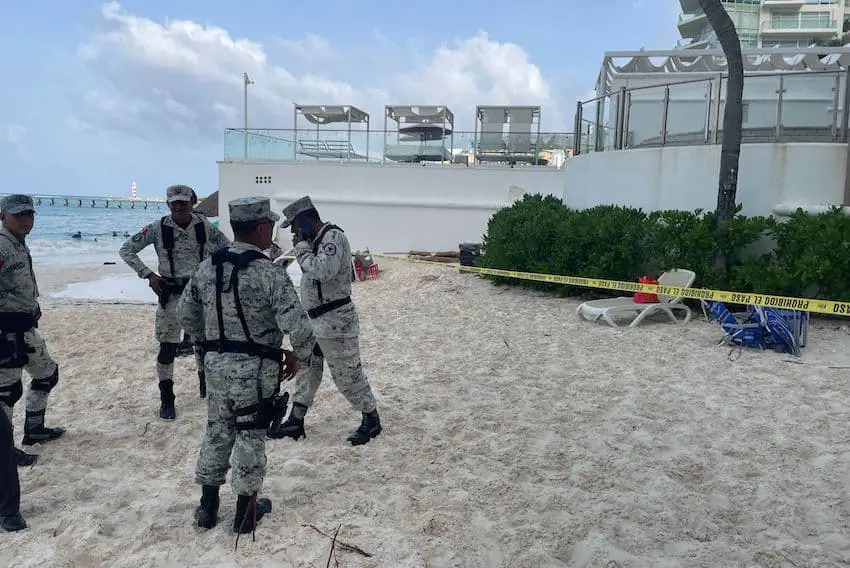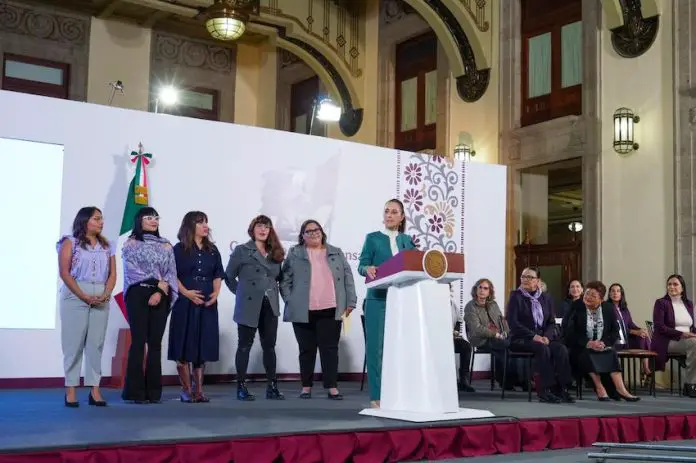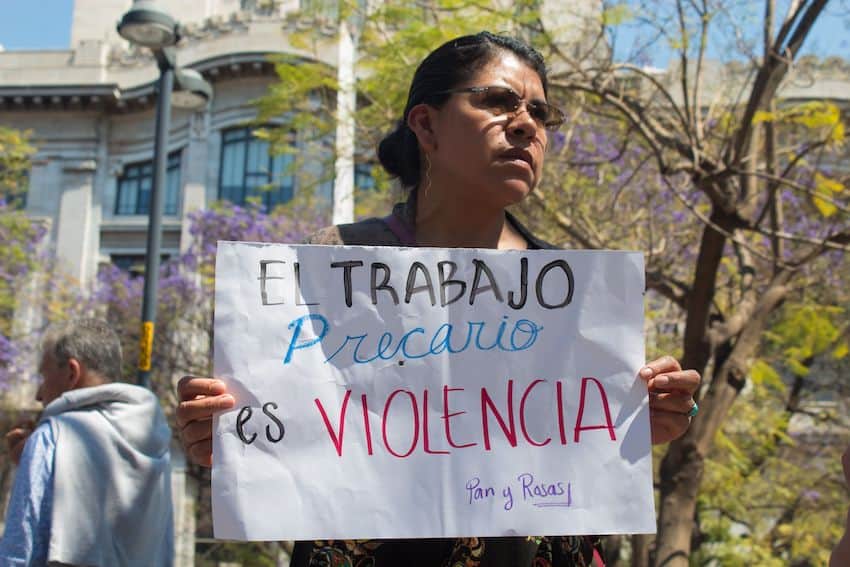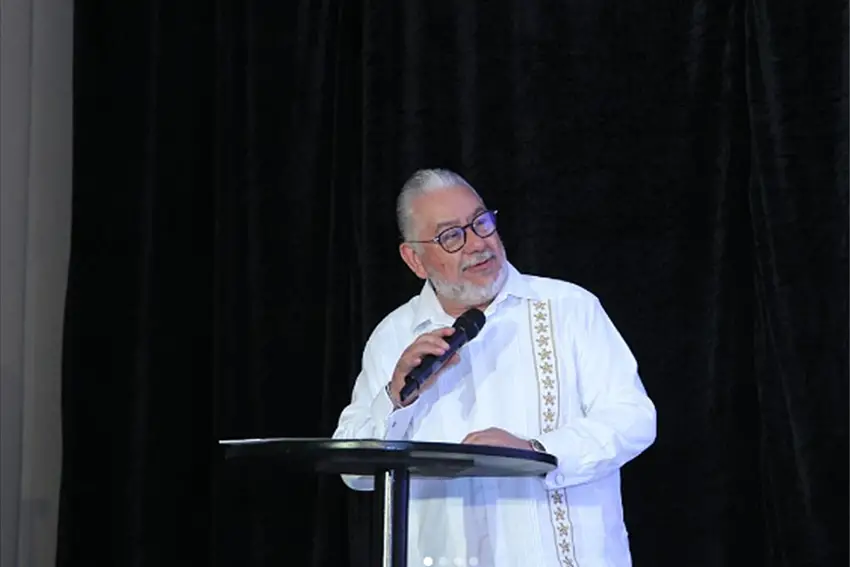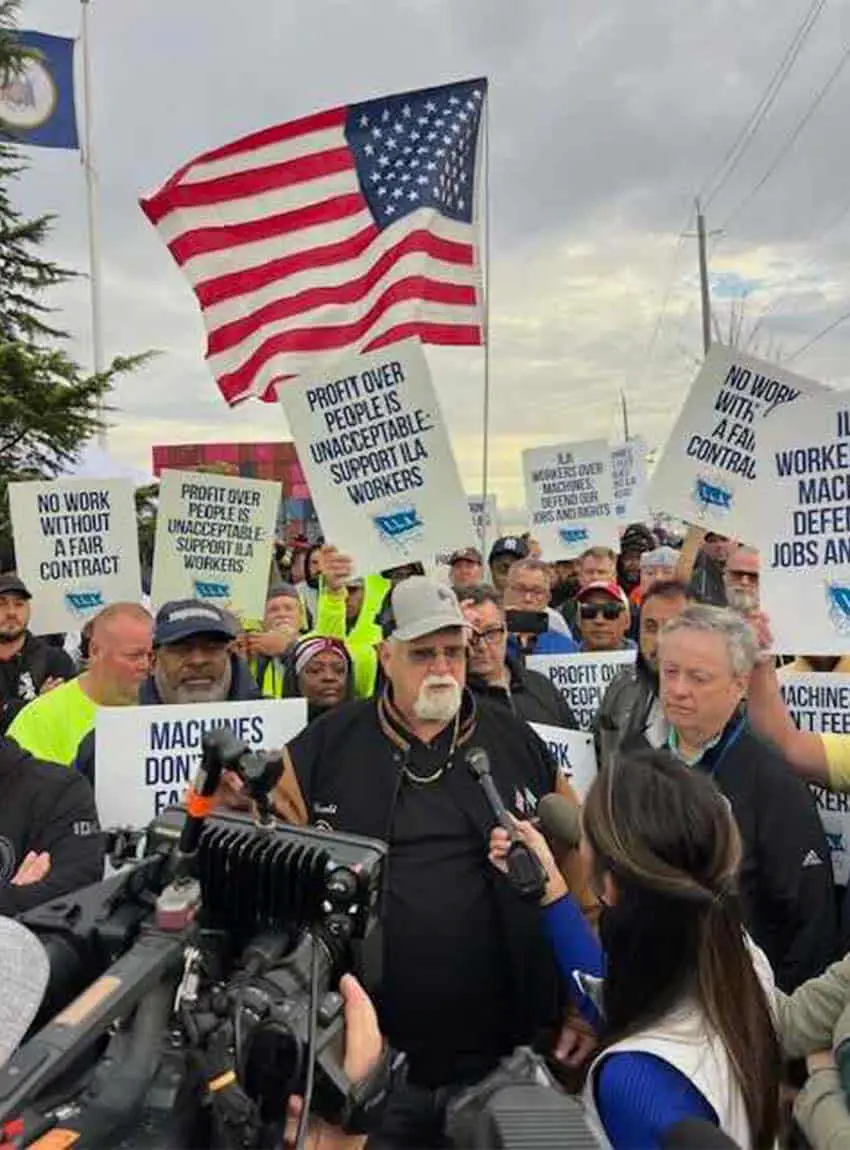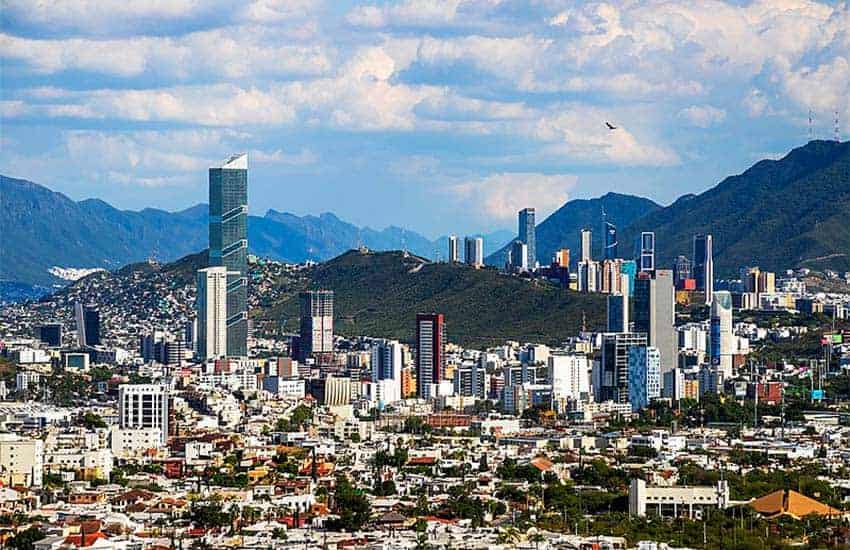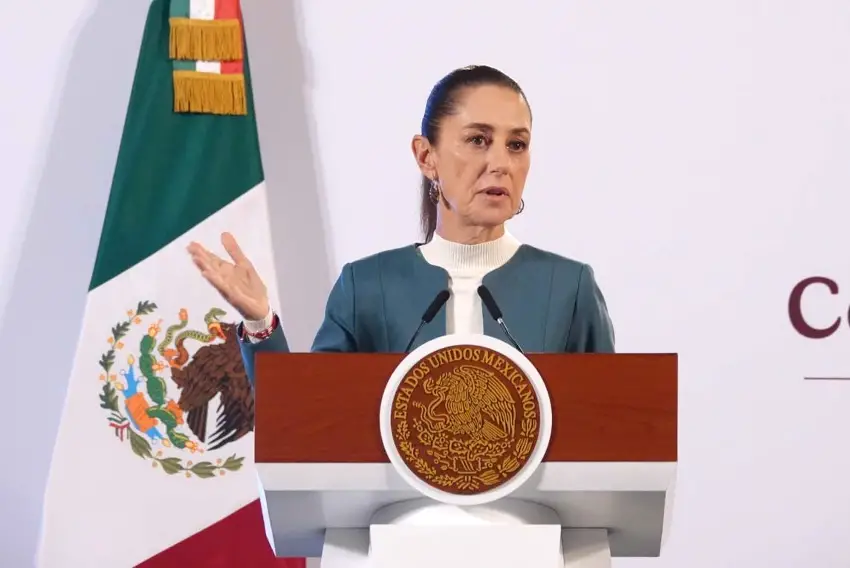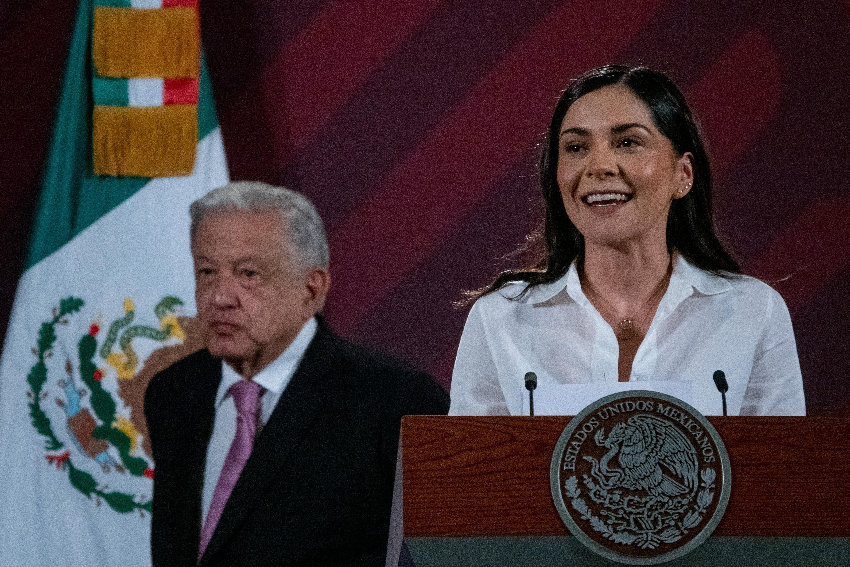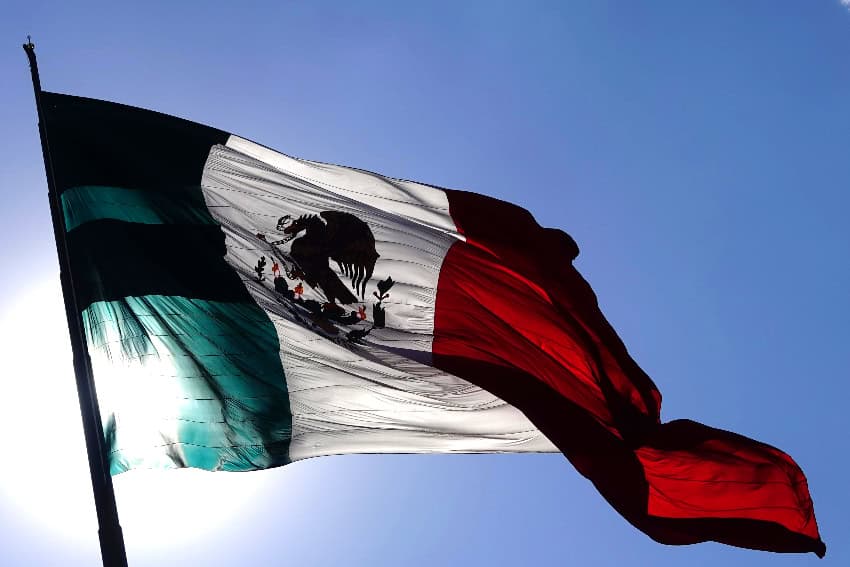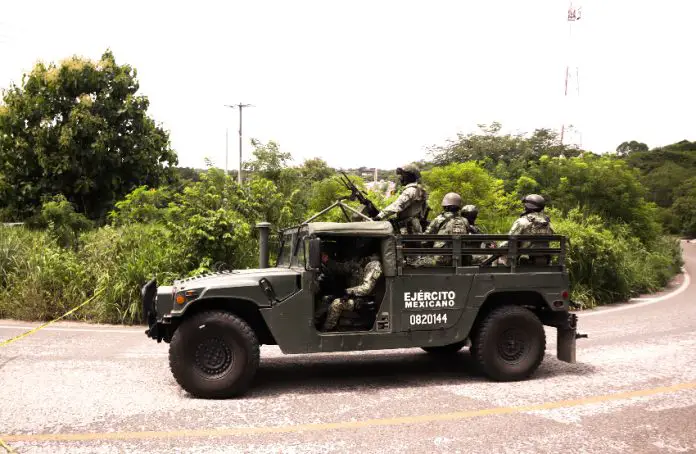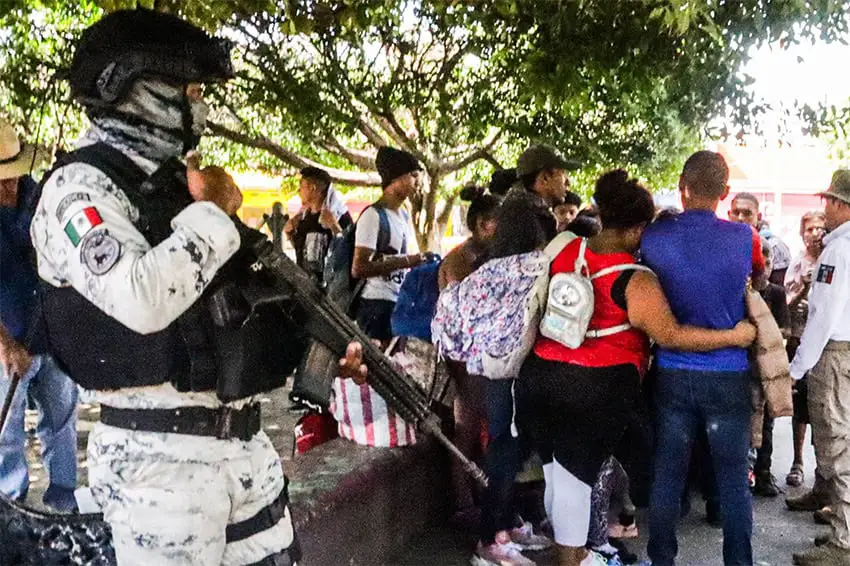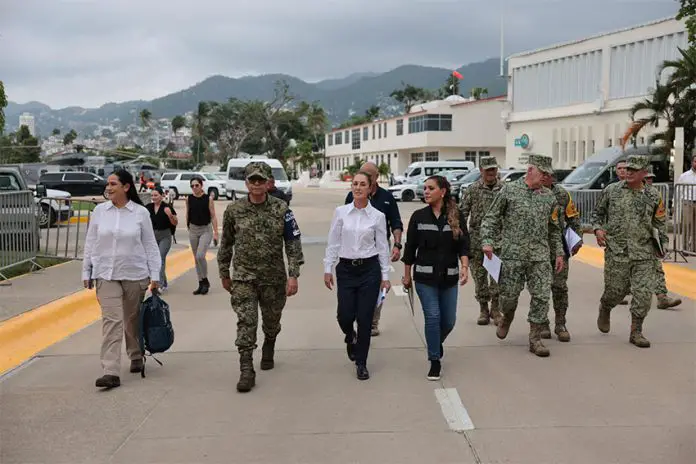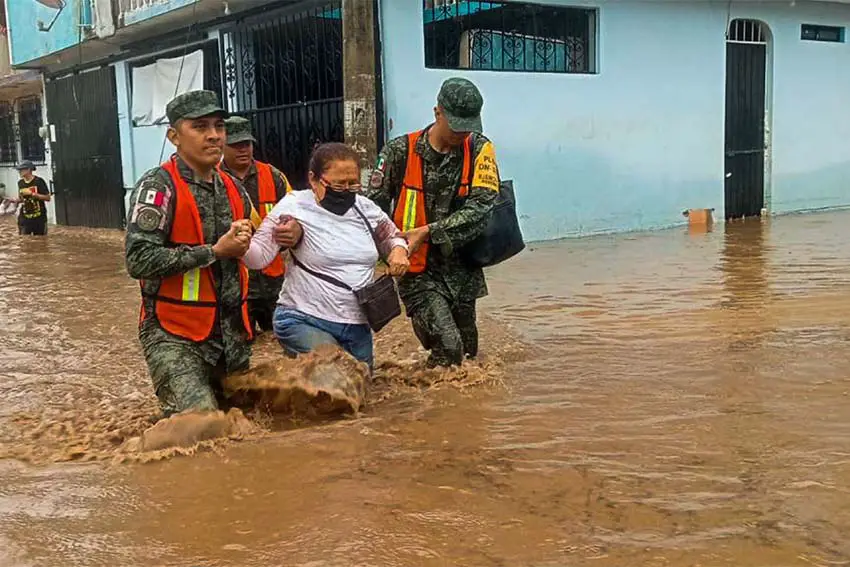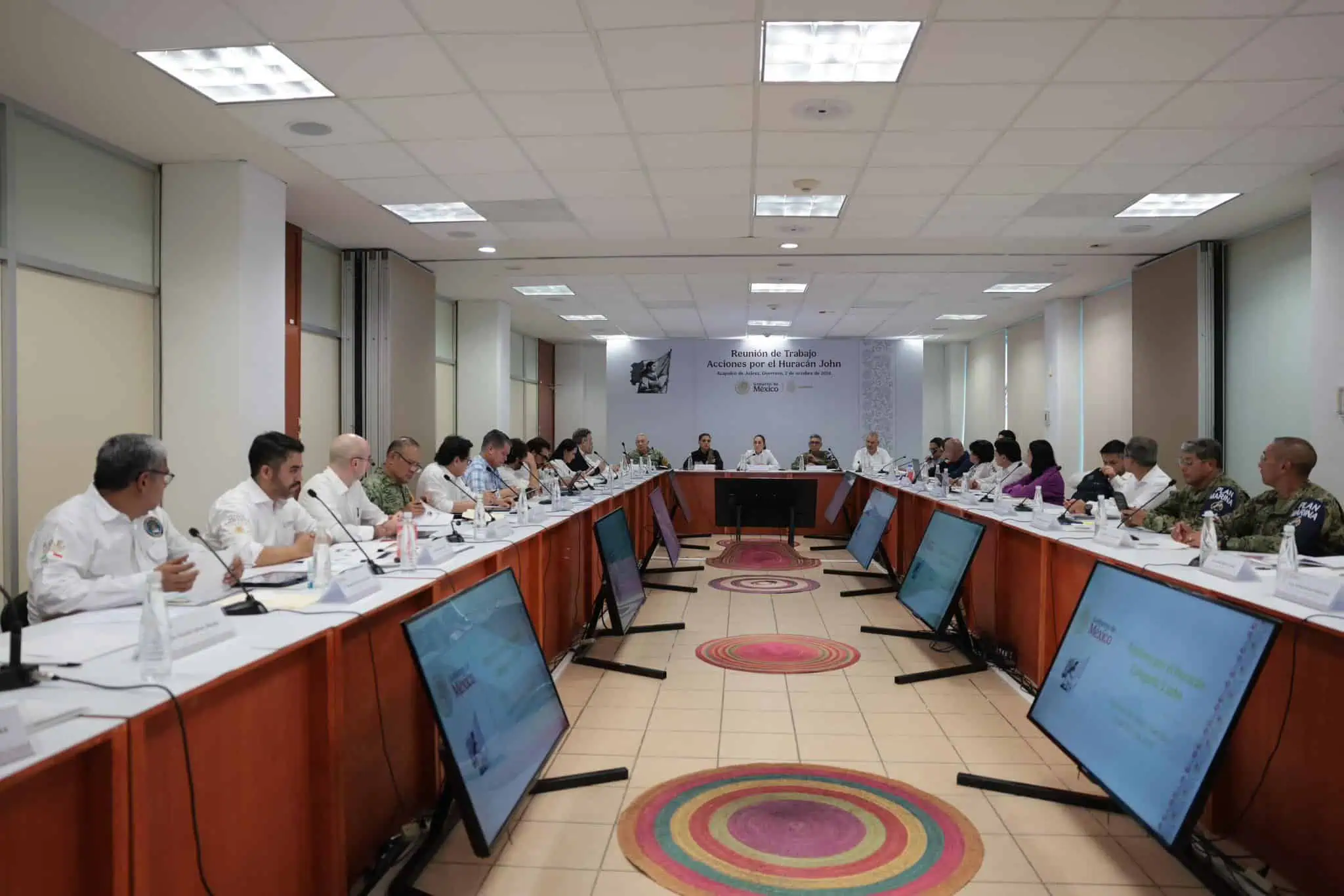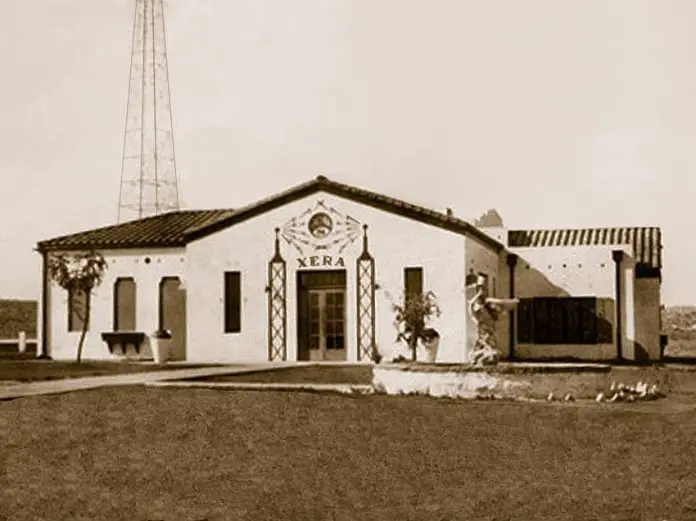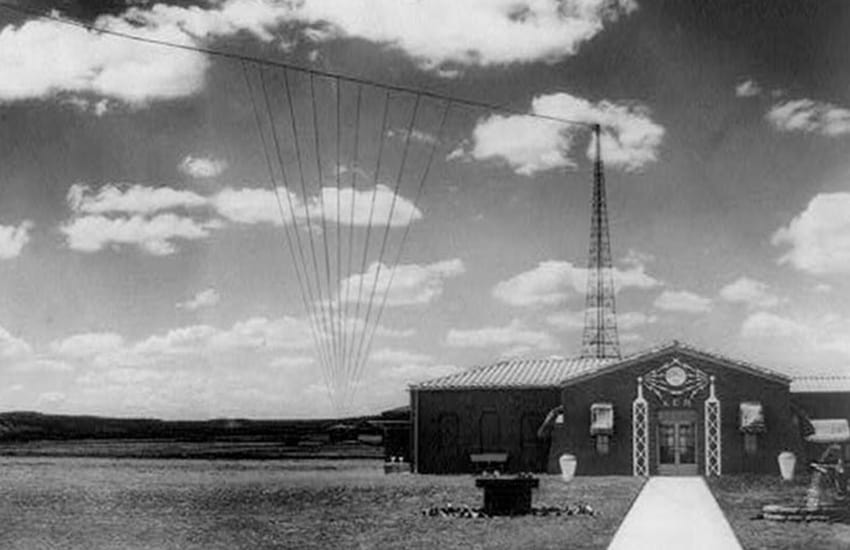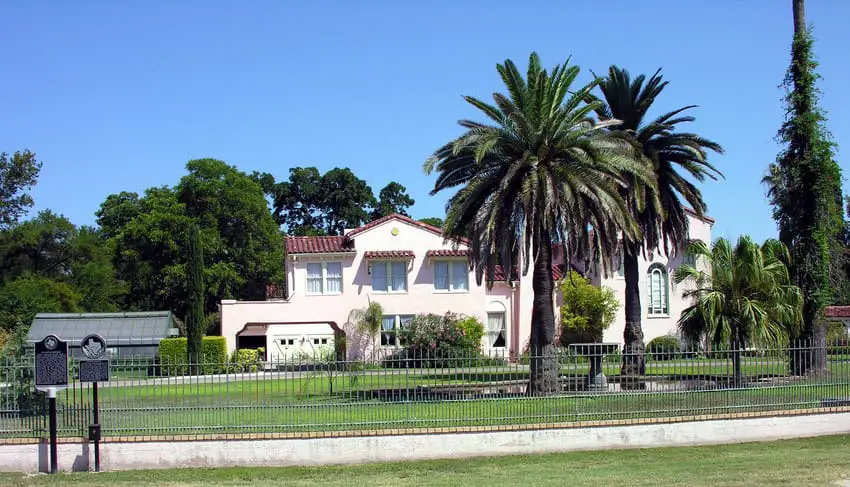Twelve bodies were found in Salamanca, Guanajuato, on Thursday, two days after four men were killed in an armed attack in the same city.
The bodies of eight men and four women were located Thursday morning at five different points in Salamanca, a municipality near the geographical center of Mexico’s most violent state.
#Sucesos | AM acudió este miércoles al sitio donde asesinaron a cuatro hombres e hirieron a cinco más, un anexo ubicado en la colonia El Rosario, de Salamanca.https://t.co/YAXzVUAi07
Fotos: Staff AM pic.twitter.com/o1ZpGEaLJS
— Periódico AM Noticias (@periodicoam) October 2, 2024
Four young men were killed and five others were wounded in an attack at a drug and alcohol rehabilitation center in the Salamanca neighborhood of El Rosario on Tuesday night.
All 12 victims had been shot, and some of the bodies had signs of torture and their hands and feet tied together.
State authorities attributed the violence in Salamanca to a turf war between two criminal organizations, namely the Santa Rosa de Lima Cartel and the Jalisco New Generation Cartel (CJNG). Narco-banners allegedly signed by the former cartel were found next to some of the 12 bodies.
No arrests in connection with the 12 murders had been reported by midday Friday.
The grisly discoveries on Thursday came after four young men were killed and five others were wounded in an attack at a drug and alcohol rehabilitation center in the Salamanca neighborhood of El Rosario on Tuesday night.
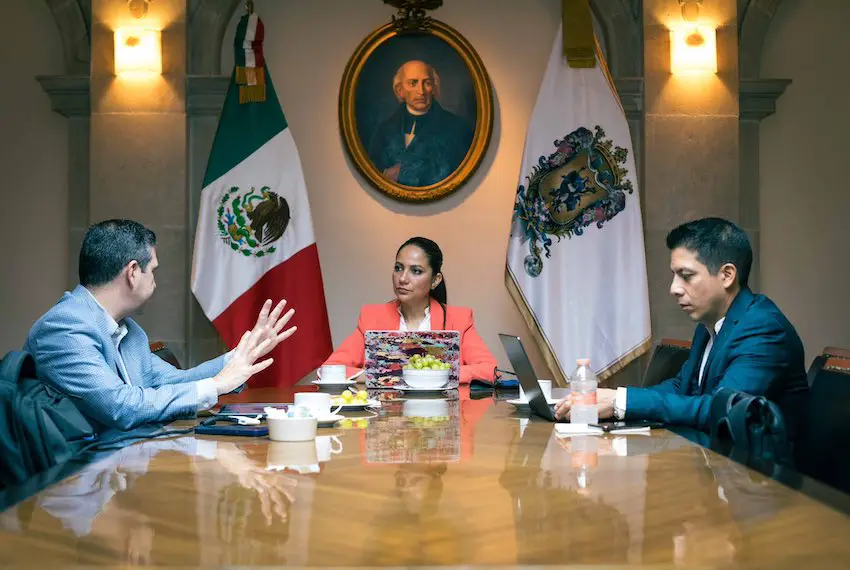
On Thursday afternoon, dozens of soldiers arrived in Salamanca and the state police presence was beefed up, the newspaper El Universal reported.
State government secretary Jorge Jiménez Lona said that Governor Libia García Muñoz Ledo, who was elected in June on a National Action Party (PAN) ticket and took office just last week, gave instructions to bolster security in Salamanca, which borders state capital Guanajuato city and currently ranks as the 49th most dangerous municipality in Mexico, according to crime data website elcri.men.
Jiménez said that state and federal authorities “know the places where [the rival cartels] operate.”
“We have to confront them, we have to use intelligence, provide results and above all not allow these events to happen,” he said.
“… There is goodwill, but goodwill is not enough. We have to see the presence and coordination of federal forces,” Jiménez said.
President Claudia Sheinbaum has said she will present a new national security plan next week.
The ongoing battle between the Santa Rosa de Lima Cartel and the CJNG is considered the main cause of the high levels of violence in Guanajuato. The state has been Mexico’s most violent in recent years in terms of total homicides.
The news website Infobae reported that there were 26 homicides in Guanajuato between Wednesday afternoon and Thursday afternoon.
The newspaper El Financiero reported on Tuesday that there had been 20 murders in Guanajuato in the first five full days of the governorship of Libia García. Four of the victims were killed in an attack in a bar in Irapuato, while four others were shot dead at a home in León, the largest city in the state.
García said in a social media post on Monday that “the tranquility of your family is what matters most and we’re going to recover it.”
During his presidency, López Obrador was critical of the efforts of the Guanajuato Attorney General’s Office to combat crime.
“What worries me about Guanajuato is insecurity because there is a lot and the [state] government, the Attorney General’s Office in particular, isn’t taking action,” he said in 2021.
“… We’re doing everything we can but we don’t have support. The attorney general [Carlos Zamarripa] has been there a long time and there are no results,” López Obrador said.
García revealed this week that Zamarripa will resign as attorney general at the end of the year after 15 years in the job.
With reports from El Universal, Reforma, AM, El Financiero and Infobae
